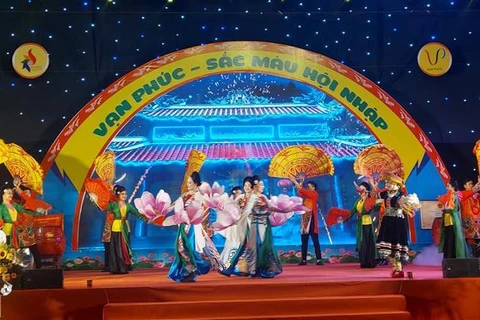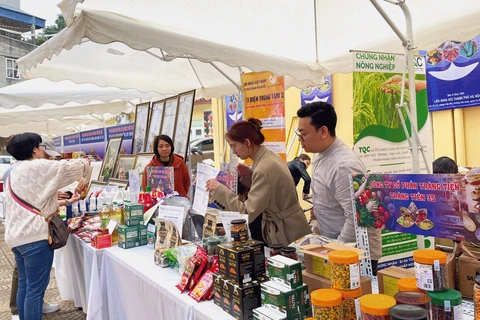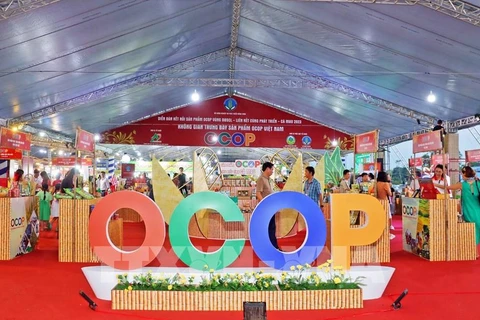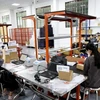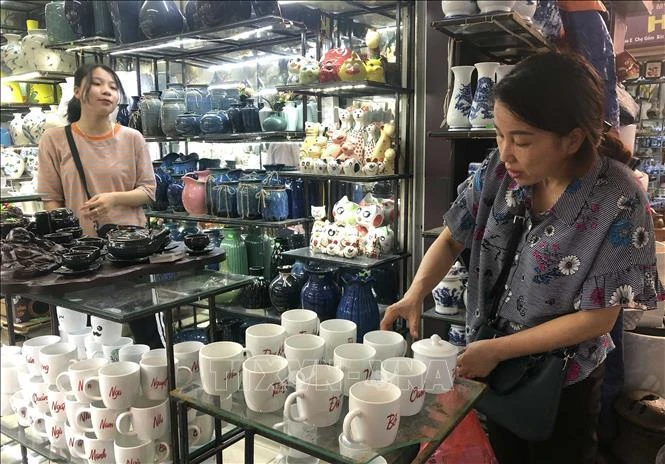
Hanoi (VNA) – The capital city of Hanoi is focused on developing craft villages, particularly OCOP products to branch out the rural economy and promote export.
This year, the city continues to support cooperatives and households to create high-quality products that hold potential for export.
According to Nguyen Van Chi, deputy chief of the city’s Office for Coordination of the New Style Rural Development Programme, the Department of Agriculture and Rural Development has created favourable conditions for local OCOP products to join prestigious international craft exhibitions, helping business gain experience, seek partners, and study foreign consumer taste.
The department has also signed contracts with Swedish partners to develop packaging design for local products towards bringing Hanoi craft villages into the network of the world craft cities, he said, adding the city will back businesses and households to design international-standard packaging for four-star OCOP items.
Various activities have been organised to honour craftsmen and encourage the preservation and promotion of cultural values in the villages, with 290 people bestowed with the title of the Hanoi artisan so far.
While many craft makers have moved to large-scale production, several have a great passion for the traditional craft.
Nguyen Van Trung, an artisan in Phu Vinh village, the land of bamboo and rattan wickerwork, said that craft villages uphold national spiritual values, reflected through the customs, beliefs and festivals related to the traditional craftsmanship, adding each product has its own story and highlights the cultural traits of each locality.
He suggested that Hanoi provide more support measures so that businesses and households can attend international fairs to popularise their OCOP products.
Products of Hanoi’s trade villages are now available in over 40 countries and territories.
The city brings together 47 occupations out of 52 traditional occupations in the country. The capital has 322 craft villages, of which 69 craft villages process and preserve agricultural, forestry and aquatic products, and 197 produce wooden furniture, rattan, ceramics, glass, textiles, yarn, embroidery, wickerwork, and small mechanics.
It is also home to 13 villages producing and trading ornamental plants and animals, 16 processing raw materials to serve rural production and trades, and five providing services for production and daily activities of people in rural areas.
According to reports in the localities, the total revenue of craft and trade villages is over 22 trillion VND (865.12 million USD) a year.In recent years, craft villages have seen growth in both production and export value, with some recording revenue of more than 1 trillion VND a year./.
